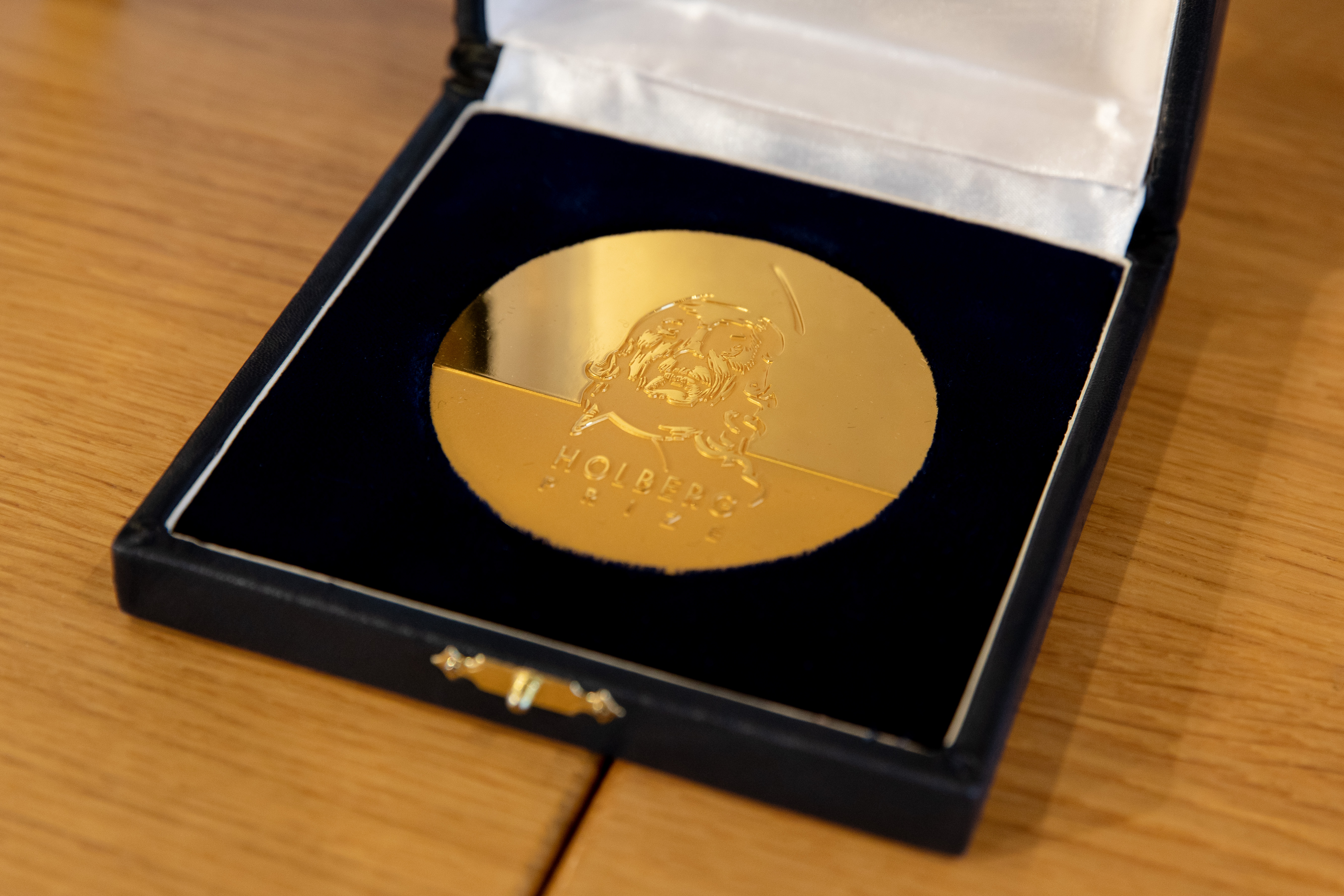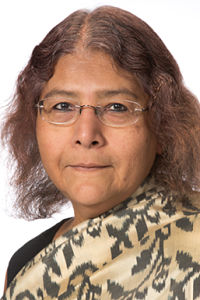Sortie du livre collectif Living in a Nuclear World. From Fukushima to Hiroshima co-écrit par Soraya Boudia ( CERMES3, IFRIS), Bernadette Bensaude-Vincent, et Kyoko Sato (Eds)
Living in a Nuclear World: From Fukushima to Hiroshima
Bernadette Bensaude-Vincent, Soraya Boudia and Kyoko Sato (Eds)
Routledge, 2022
Introduction: “Shaping the Nuclear World”
Soraya Boudia, Kyoko Sato, Bernadette Bensaude Vincent:
Section 1: Violence and Order
1 Kyoko Sato: “What the Bomb has Done: Victim Relief, Knowledge, and Politics”
2 Joseph Masco: “Optics of Exposure”
3 John Krige: “Constructing world order: Mobilizing Tropes of Gender, Pathology and Race to Frame US Non-Proliferation Policy”
4 Mary Mitchell: “The Nuclear Charter: Law, Technology, and the Making of Strategic Trusteeship, 1942-1947”
Section 2: Pacifying through control and containment
5 Angela Creager and Maria Rentetzi: “Sharing the “Safe” Atom? The International Atomic Energy Agency and Nuclear Regulation through Standardization”
6 Nestor Herran: “From Military Surveillance to Citizen Counter-Expertise: Radioactivity Monitoring in a Nuclear World”
7 Maël Goumri: “Making the Accident Hypothetical: How Can One Deal with the Potential Nuclear Disaster?”
8 Tania Navarro: “Governing the Nuclear Waste Problem: Nature and Technology”
Section 3: Normalizing through denial and trivialization
9 Soraya Boudia: “Trivializing Life in Long-Term Contaminated Areas. The Nuclear Political Laboratory”
10 Hiroko Takahashi: “Continuing Nuclear Tests and Ending Tuna Inspections: Politics, Science, and the Lucky Dragon Incident in 1954”
11 Kate Brown: “The Dystopic Pieta: Chernobyl Survivors and Neo-Liberalism’s Lasting Judgments”
12 Harry Bernas: “Unfolding Time at Fukushima”
Section 4: Timescaping through Memory and Future Visions
13 Bernadette Bensaude-Vincent: “Framing a Nuclear Order of Time”
14 Ran Zwigenberg: “Nuclear Dreams and Capitalist Visions: The Peaceful Atom of Hiroshima”
15 Scott Knowles: “Slow Disaster and the Challenge of Nuclear Memory”
The Fukushima disaster invites us to look back and probe how nuclear technology has shaped the world we live in, and how we have come to live with it. Since the first nuclear detonation (Trinity test) and the bombings of Hiroshima and Nagasaki, all in 1945, nuclear technology has profoundly affected world history and geopolitics, as well as our daily life and natural world. It has always been an instrument for national security, a marker of national sovereignty, a site of technological innovation and a promise of energy abundance. It has also introduced permanent pollution and the age of the Anthropocene. This volume presents a new perspective on nuclear history and politics by focusing on four interconnected themes–violence and survival; control and containment; normalizing through denial and presumptions; memories and futures–and exploring their relationships and consequences. It proposes an original reflection on nuclear technology from a long-term, comparative and transnational perspective. It brings together contributions from researchers from different disciplines (anthropology, history, STS) and countries (US, France, Japan) on a variety of local, national and transnational subjects. Finally, this book offers an important and valuable insight into other global and Anthropocene challenges such as climate change.
Flyer
Living in a Nuclear World: From Fukushima to Hiroshima | Program in Science, Technology & Society (stanford.edu)

